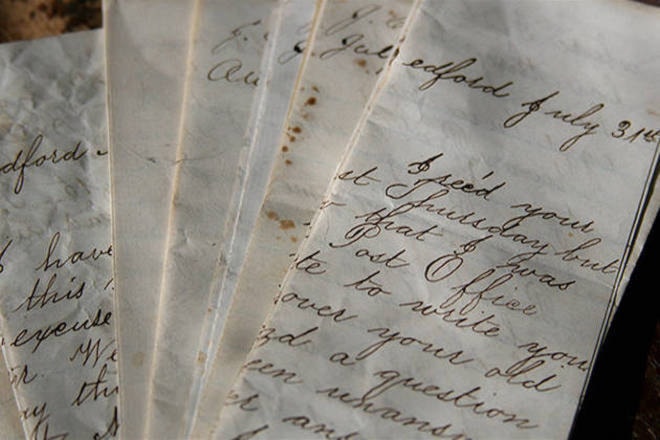Clearing the air on proper (smog-free) wood burning
With the rising cost of hydro, and a planetary call to reduce our consumption of oil and gas, many Cowichan residents are resorting to wood-fired stoves as a way to heat their dwellings. Wood (biomass) is a readily available, renewable, carbon-neutral fuel source with minimal embodied energy. All in all the cost per kW of heating with wood is much lower than any other method except solar. So why not burn it? Trouble is, when wood-stoves are not fired optimally we create a whole other form of pollution known as particulate matter (PM).
Many people are under the impression that newer certified “high efficiency” wood-stoves burn clean no matter what. But a little journey around the valley these days will evidence many a modern wood-stove pumping out a steady stream of blue/grey smoke. This smoke is un-burnt (wasted) fuel/gas becoming atmospheric pollution, a chimney fire hazard, and a danger to neighbours with compromised respiratory systems. When modern stoves are actually burning at their touted “78 per cent (or so) efficiency” they emit no visible exhaust other than, at times, an odourless light grey steam that disappears after five or 10 seconds. If we can see and smell a grey or blue exhaust after the initial 10 minutes of warming up, something is not right.
Before going any further, I want to make clear that I am not out to piss anyone off, least of all fellow wood-burners who opt to keep themselves warm without having to pay a steady fee to a big corporation. The way I see it, if we all have an inherent right to life, then having a right to warmth ought to go along with it. That said, my youngest son and I are among those who experience asthmatic reaction to atmospheric particulate matter. And the smog from more and more of our neighbours’ (new, high efficiency) stoves has been getting so bad lately that some nights when I step outside to get a few things done, I have to come right back indoors. So, rather than sit here and fester with a knot in my throat, I’m opting to speak out and offer some practical advice on how to burn wood more effectively.
First of all, we must recognize that a fire only begins to burn clean when all of the gasses are drawn into the flame path. Gasses are pyrolized (released) from the wood at around 150 C. But the flash-point (ignition into flame) only occurs above 300 C. In between these temperatures the fire is hot enough to temporarily volatilize the cellulose and lignin materials, but when the gasses do not reach flash-point they condense into tar droplets and the combustion process crashes into a smoulder. The extent to which a fire is smouldering is the extent to which PM emissions spike.
Modern wood-stoves have secondary combustion processes designed to guide the gasses through a hot flame path. But this process only functions properly when the stove has warmed up with full air supply for 25 or 30 minutes, enough to ensure temperatures heading into the flue have reached over 250 C. Trouble is, this can make for a shorter burn and higher heat output than people may want. So, old habits being what they are, many of us opt to ramp down the air supply sooner than later. When this happens before the stove has reached functional reburn temperatures, much of the smoke/fuel/gas passes through the system as non-flaming combustion. In other words, when the fire is too cool, it smoulders.
Fortunately there is an effective way to moderate heat output without compromising efficiency. This is known as top down burning. Top down burning involves loading larger splits on the bottom, placing smaller pieces above, kindling above that and lighting from the top. This way, all the smoke rises upwards into the flame path (rather than above it). Ignition of fuel is more dependent upon radiant heat than flame contact, so when we locate the flame above the fuel, the base of the flame sends heat downward into the fuel below. It may seem upside down at first, but when you think of how a candle functions…
The top down burning method may take some getting used to. The wood must be well seasoned, dry, and a fair amount of kindling is required. But once the kindling catches, the fire will ramp up slowly but surely. And this gradual nested burn is just what we want. This video link offers a clear demonstration of top down burning, as well as info on how best to reload for optimal efficiency: https://woodheat.org/wood-heat-videos.html
One final note. Top down burning requires a steady supply of smaller diameter wood (3 inches, 2 inches, 1 inch…). Chopping wood into these smaller pieces may seem a daunting chore, but it can be done simply and efficiently by finding an old car or truck tire and setting it up at a good chopping height. Stack a bunch of bigger splits or rounds into the hole (with grain up and down) til it is fairly tightly packed. Then whack away at it with a maul. You’ll find the wood splits easy and stays in place, which eliminates bending down over and over to pick up stuff that otherwise goes flying. Big back-saver. And the cushion of the rubber perimeter makes it easy on the wrists too. An internet search for “splitting wood in a tire” will show all kinds of examples, e.g: https://www.youtube.com/watch?v=H2d2GTBga6I
OK, hope that helps. Please kindly pass this info along to your wood-burning neighbours.
And happy heating as we clear the air.
Patrick Amos
Glenora
